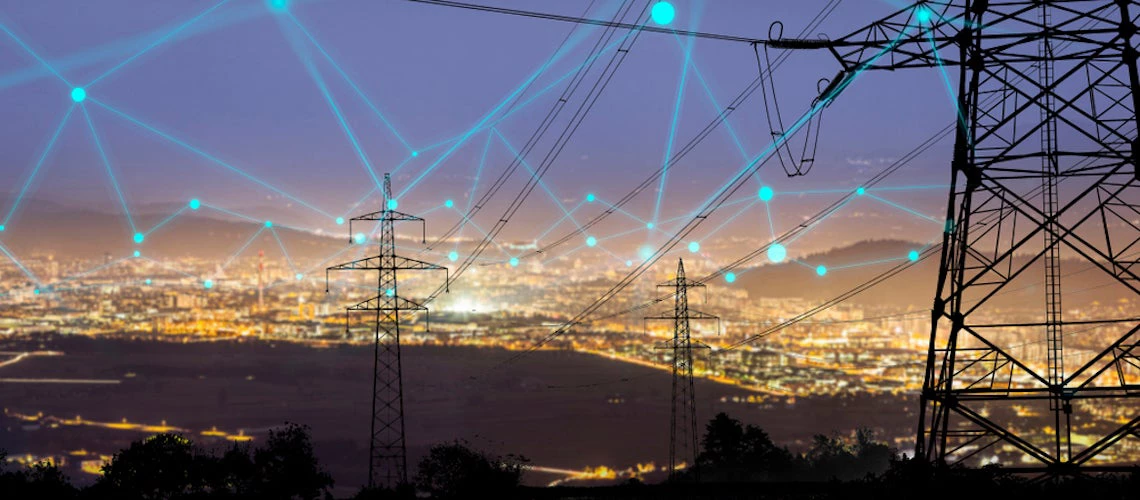 World Bank MENA
World Bank MENA
A few weeks ago, I participated in the first Pan-Arab Energy Trade Ministerial Conference held in Egypt to discuss the strategic importance of energy cooperation in the region. I delivered the opening remarks alongside His Excellency Mr. Abdlatif Al-Hamad, Chairman and the Director General of the Arab Fund for Economic and Social Development, and H.E. Dr. Kamal Hassan Ali, Assistant Secretary General of the League of Arab States.
The conference marks a major milestone following preparatory work to make a strong business case for greater economic integration in the energy sector and demonstrating the political commitment to make it happen. The World Bank has provided support to set up the Pan-Arab Electricity Market (PAEM), undertake the studies to evaluate the opportunities, identify critical investments, policy, and regulatory changes, as well as using our global experience and convening power to bring parties together.
The MENA region is the least economically integrated region in the world. Just as a comparison – in the EU, intra-regional trade accounts for around 63%; it is less than 10% in the MENA region . We at the World Bank believe that energy trade in the region can make a real difference to the region’s competitiveness, and by doing so can also unlock the momentum to enhance trade and cooperation in other areas.
The conference comes at a pivotal time for the region. Economic growth in the region remains low. The World Bank last month revised downward our growth forecasts for the region. We now expect MENA to grow at an average of only 0.6% in 2019, nearly a full percent lower than our previous estimate of 1.4% for 2019. While the downward revision is partly a result of a contraction in some specific countries – and there are robust growth rates in some others – the long-term trend is troubling.
Regional electricity trade can make a significant contribution to growth in the region. First, it can help the region better utilize the surplus some countries have in their electricity production capacity and help countries with insufficient capacity avoid large capital investments. This is particularly important where the energy sector is also closely linked to managing fiscal deficits. In fact, in MENA the countries with the largest fiscal deficits are also those with the highest levels of energy subsidies.
Second, regional trade also gives an opportunity to shift the energy mix towards renewable energy and natural gas, which supports MENA countries’ energy transitions, reducing GHG emissions, and reducing environmental pollution that is causing human capital deterioration and placing strains on national health systems (at a rising fiscal cost).
Third, shifting to new and cleaner energy technologies can have a positive impact on employment. We have collected data that shows that, on average, solar PV projects create twice as many jobs per unit of electricity generated than do conventional projects. Renewable energy projects have also been shown to take advantage of local content. The average local content in solar projects in Egypt and Morocco is estimated to be about 40%.
And finally, the region has been attracting significant private investment to renewable energy projects with very competitive prices.
As for the “bottom line,” through the work over the past few years, we have estimated that the integration of electricity systems for trade can save between $100 billion and $180 billion, depending on assumptions around oil and gas prices and the countries’ decisions to introduce emissions caps.
So, what needs to happen next?
At the conference, the League of Arab States, the Arab Fund for Economic and Social Development, and the World Bank reconfirmed their commitment to establish the Pan-Arab Electricity Market. The parties agreed to the development of institutions. Among the key next steps are the following:
- Saudi Arabia plans to host the regional pricing mechanisms meeting with participation of all countries to test and finalize pricing methods to accelerate “commercial” trade.
- The market will be legally established by having its key agreements enter into force. Earlier the same week, a session of the Arab Ministerial Council for Electricity (AMCE) set in motion the ratification process for the PAEM agreements to start early 2020. It is envisaged that the ratification process for these agreements would be completed before the end of 2020.
- Achieving a fully integrated electricity market will take some time and the next phase will also focus on physical investments. The key investments include the creation of a Mashreq-Saudi Arabia Electricity Hub (Iraq-Jordan-Saudi Arabia), in addition to the Saudi-Egypt interconnector, which is already underway. This would see the projected power generation surplus in Jordan and Saudi Arabia provide electricity to Iraq where a deficit exceeding 10 Gigawatts is estimated. But this triangle of connections between Iraq, Jordan and Saudi Arabia (a gateway to the Gulf Cooperation Council power systems) has an even greater potential as it forms a nucleus to make the Pan-Arab Electricity Trade Market vision real.
I am very excited about the prospects of this market, and believe we have all the ingredients needed to make something that will work for everyone!


Join the Conversation